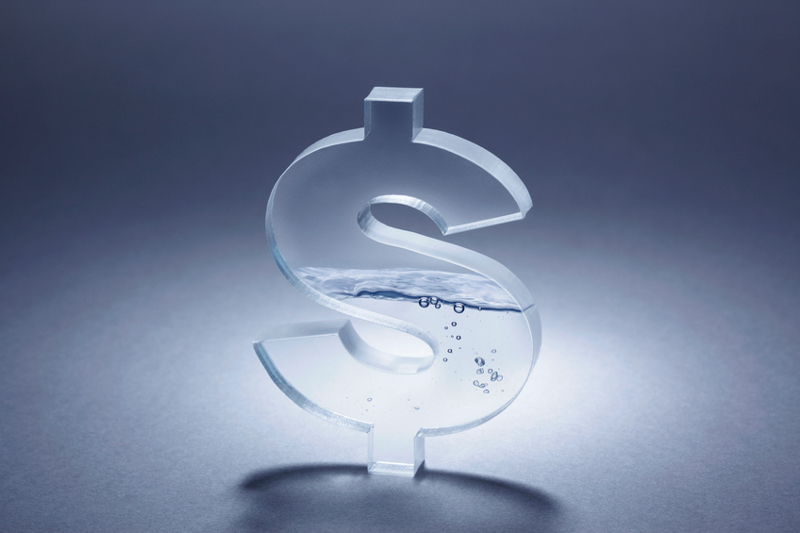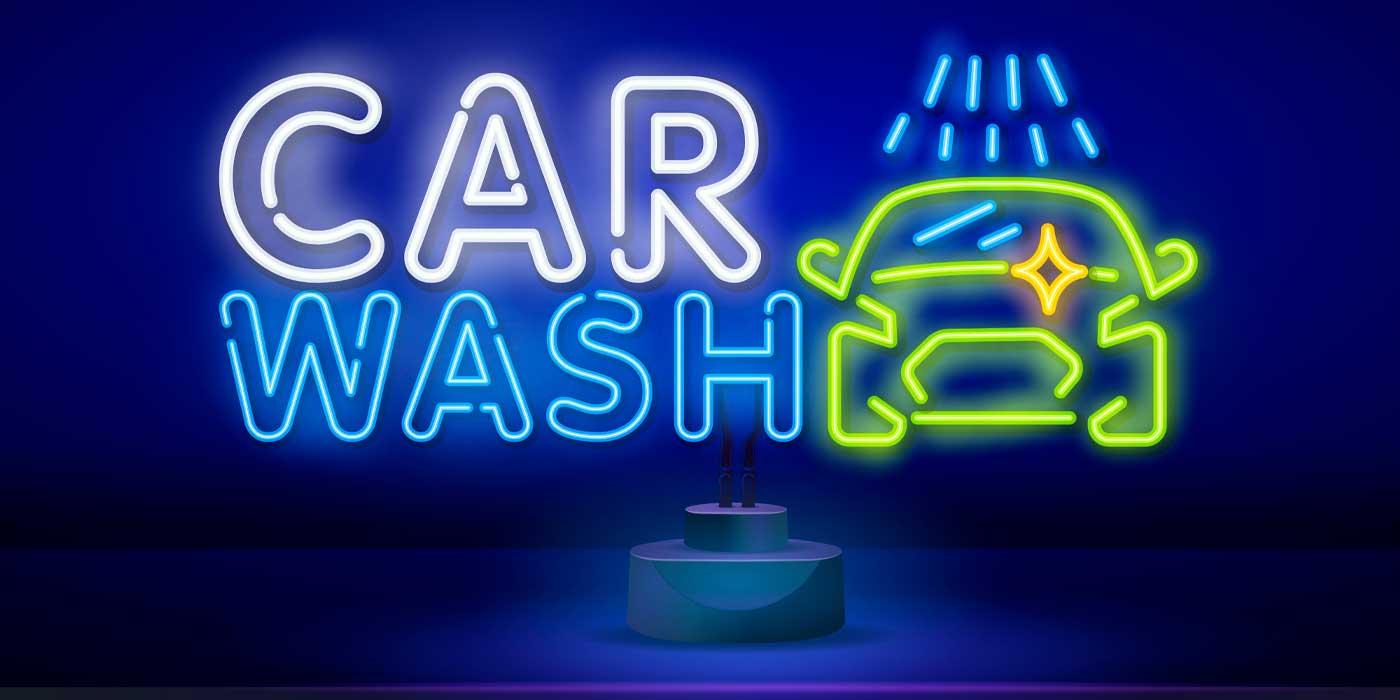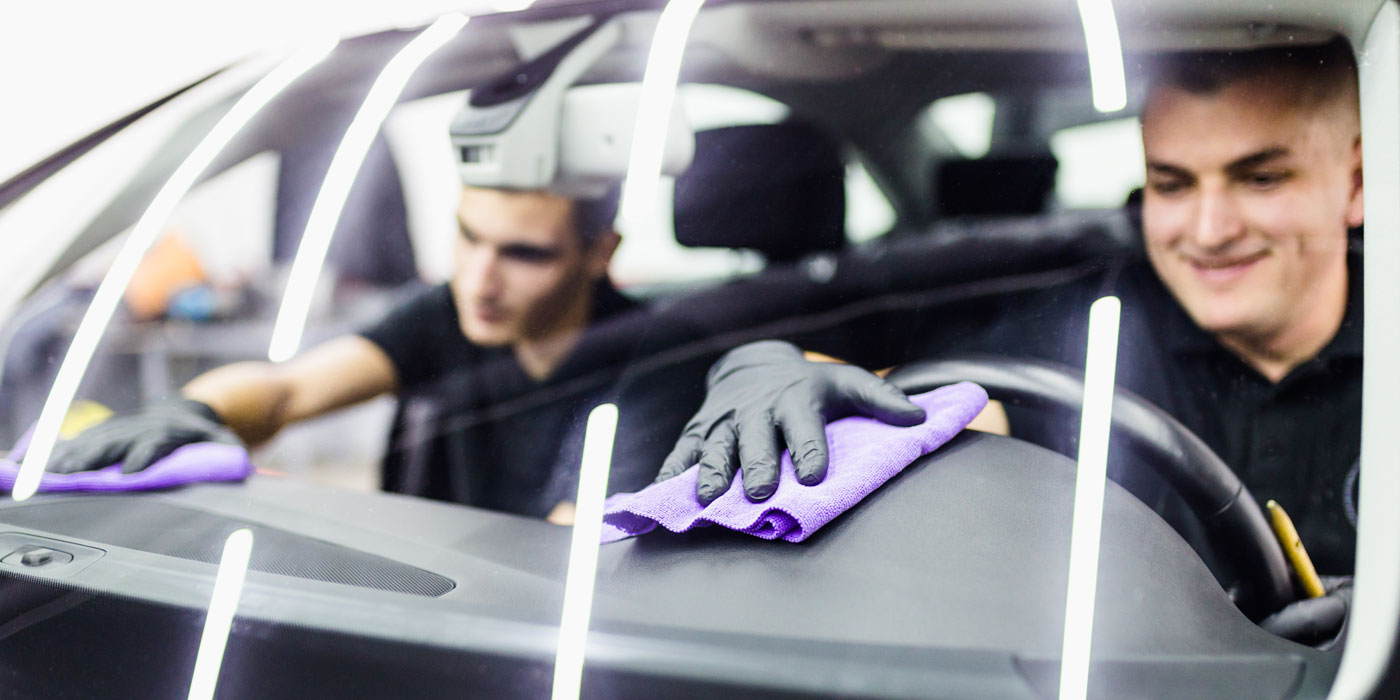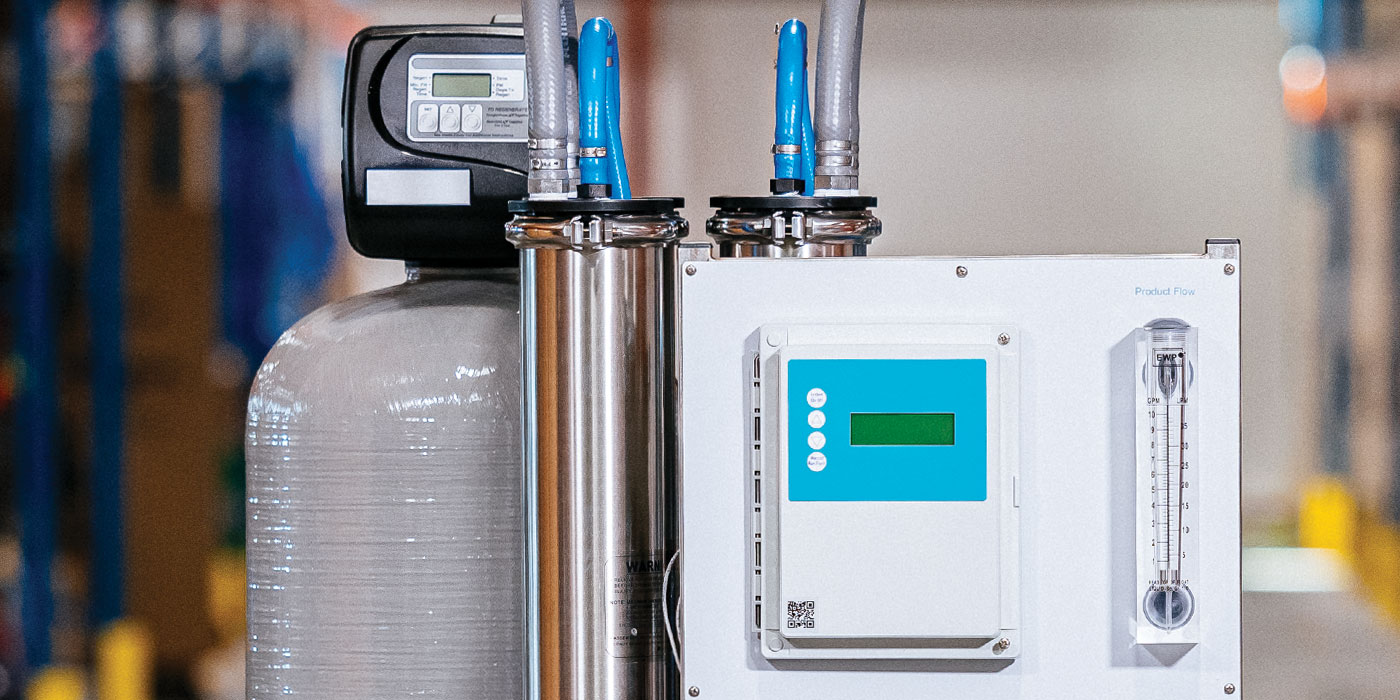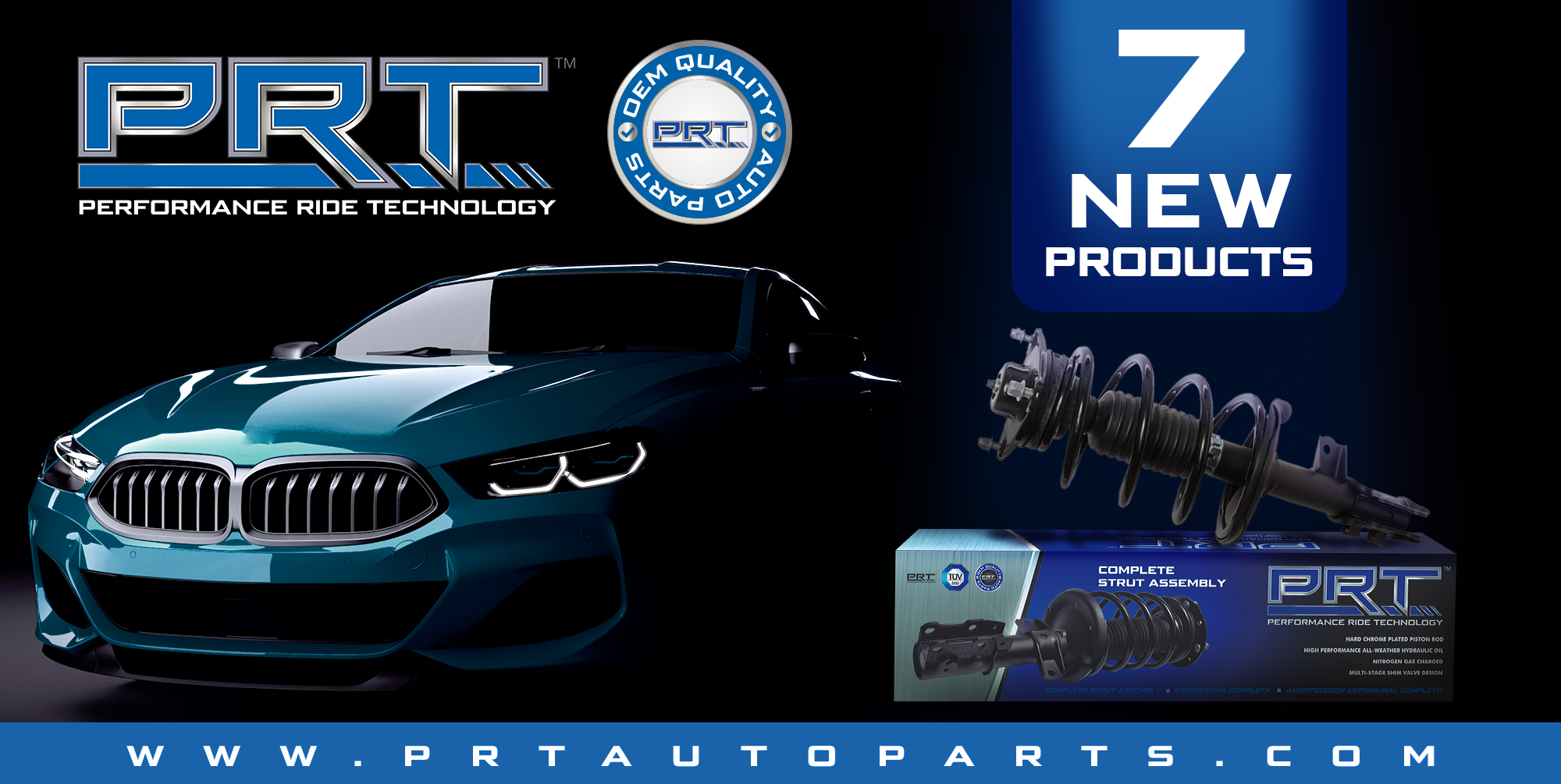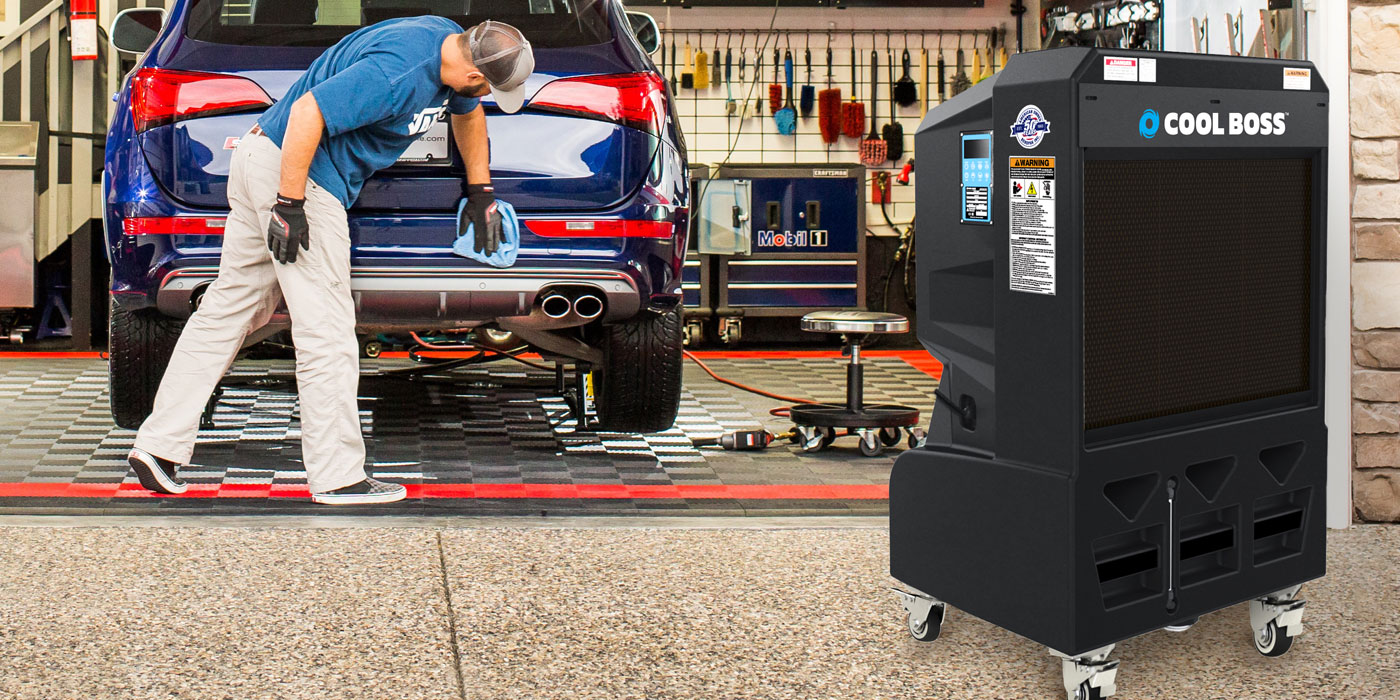How much money can new investors make in the carwashing business? Well, the truth is no concrete answer to this question exists because so many factors can positively or negatively impact a carwash’s profits.
A better question is: How can an investor garner as much profits as possible for his or her new car care venture? Whether a rookie or a veteran carwash owner, ensuring lucrative operations requires keeping critical components of carwash success in mind, such as the all-important location, expenses, profit margins and so on.
After all, asserts AJ Rassamni, author of “Increase Business 30 Percent in 30 Days” and “Dirty Cars Filthy Rich” and owner of Great American Car Wash in Fresno, California, “The secret of great tasting cake that you can’t stop eating [is] the ingredients, [which is the] same for any successful business, particularly in the carwash industry.”
To ensure new investors have the right type and amount of ingredients to craft a recipe for success, we reached out to top experts in the field to determine the five key considerations to optimal carwash profits.
Proper education and assistance
Without proper education, it will be nearly impossible to set realistic goals and expectations in order to operate a carwash effectively. “The biggest mistakes for new [investors] coming into the market without a doubt is that they underestimate the complexity of the business,” explains Steve Gaudreau, president of Brink Results LLC. “They think of [a carwash] as a very simple business with not much to it. And that assessment causes them not to educate themselves.”
What’s more, gaining ample carwashing knowledge isn’t as difficult as some may think. Seminars, events, sessions and programs run by top manufacturers and prominent industry associations, such as the International Carwash Association (ICA), are available for new investors entering the market which provide tons of need-to-know information, says Gaudreau.
Those interested in obtaining more industry knowledge should look at manufacturer websites to see if they offer any training courses and seminars, suggests Gaudreau, as well as attend industry trade shows and join associations to better stay updated on educational programs and sessions. “The ICA has a new investor program, for instance,” he adds.
However, acquiring sufficient knowledge before setting your business plans in motion isn’t always enough. Gaudreau recommends also getting professional assistance when launching a new carwashing venture. Chris McKenna of McKenna Assets LLC agrees, stressing that it’s imperative new investors choose the right consultant and not settle for just any professional assistance.
When selecting industry consultants and professionals, Robert Andre, vice president of training and education for SONNY’S The CarWash Factory, suggests not only looking for an expert(s) who can help you with producing a quality end product but also with finding and designing the perfect property for your carwash.
Location selection and site design
The experts we interviewed for this article all agree: Having the right location is vital. “Your location is going to be everything,” states McKenna, adding that you must make sure to completely vet all location options. In fact, notes Andre, a location has the biggest effect on profits and is one of, if not the most, critical factors in a carwash’s success.
“The location is going to have a lot to do with how quickly carwashes get a return on investment. We’ve seen people start cash flowing as soon as two months and get a full ROI as soon as five or six months,” he continues, adding that an ROI for a struggling carwash, due to poor location selection, can take as long as several years.
To help ensure a quick and steady ROI, Andre advises owners to look for areas that are not already over built or do not have a lot of competition. This way, he explains, you can go and, for the most part, “create your own market.”
Rassamni advises prospective owners to aim to build a carwash on a busy street surrounded with residential homes and commercial buildings to ensure a high daily car count.
Yet, finding the right location is only half of the equation. You must also consider your site’s layout and design. First, make sure the facilities on-site are built correctly and proportionately, asserts Andre. “One of the biggest mistakes I see is building incorrectly — making areas like vacuum spaces too small, [which makes these areas] uncomfortable for customers so they visit once and don’t come back,” he notes. “Another mistake I think carwashes can [make] is overbuilding the carwash, which would then affect their ROI if they overbuild and make it too big. You want to make it nice but not over the top.”
In addition to where and how a carwash is built, visibility, which includes signage, access points and other influencers such as traffic counts and populations, is also essential. “So often we will go to a site, and you can’t see it from the road. It doesn’t have very good signage. It’s laid out incorrectly so [the carwash] can’t really do a high volume if [it] wanted to,” reports Gaudreau. “Once you’ve bought a location, and once you built it, if it’s wrong it’s pretty hard to overcome that.”
As mentioned, visibility is important. Your site’s design and landscape shows professionalism, says Rassamni, and will also entice more people to drive in and try your services. In addition to site design, signage plays an integral role in helping your business stand out. “Without proper, professional [and] visible signage, you will be the best kept secret,” he adds. “Customers may drive by for years before they realize that you exist.”
Likewise, shares Rassamni, creating a well-designed carwash menu also works to enhance visibility and appeal to customers. “A well-designed wash and detail menu can increase sales dollars per car by up to 100 percent overnight,” he explains. “I always tell carwash owners that the money is your parking lot; you just have to learn how to earn it by creating a well-designed menu that encourages customers to purchase the best wash and detail services.”
Expense analysis
Although securing the right location and implementing smart site design are paramount, managing expenses — and revenues, as we will discuss later in the article — is crucial. You must first have a good understanding of what your expenses will be, which includes costs such as minimum labor requirements, chemicals, equipment and utilities, says McKenna, noting you should pad in extra cash flow for any miscellaneous expenses, such as unexpected equipment repairs.
To gain a good understanding of what to expect when it comes to expenses, and in order to set realistic management goals, Andre suggests looking at some sample proformas of what industry averages are, and then use this data as a benchmark to help set your own cost projections and goals. “Then, really pay attention to all expenses, because sometimes it’s the small things that add up to the big dollars in the end and [wind up] taking away from profitability,” he adds.
Operations and management
To adequately estimate your expenses, establish a good framework for your operations and management. To be successful, says Andre, make sure you’re operating at a high enough level and standard, which will build peak business and boost word-of-mouth referrals. “The most important thing is to give the customer a clean environment and a quality product,” he continues.
To provide a quality product, you need quality equipment. “If the menu is the fuel of your business then the equipment is the engine. Imagine a professional racecar driver that wants to save money so he installs smaller engine and tires. Could he win the race? That is exactly what many carwash operators do. If you are in the carwash business, you must invest in the best reliable equipment to provide a consistently clean vehicle in the shortest time possible,” explains Rassamni. “Today with fierce competition, higher [expenses] of doing business and with labor costs rising, owners have no choice but to streamline their operations and substitute as much labor force as possible with [equipment].”
Moreover, having a strong management approach also helps to optimize your services and boost customer satisfaction. “As a new carwash owner, you would want to pay particular attention to doing a lot of the oversite management yourself and being at the carwash all the time. [Being an] absentee owner is probably one of the quickest routes to a pitfall,” says McKenna, adding that owners and operators have to also be willing to do anything they ask their employees to do and take an active part in the business’ operations to ensure maximum results.
Being present is important, especially when starting out, but you must also build a strong team. “As a business owner, you want your staff to always exceed customers’ expectations and provide a great experience,” shares Rassamni. In order for employees to strive to boost customer experience, you must keep morale high and instill a resilient company culture that encourages employees to do their best.
Good employees are good for business. For example, states Gaudreau, you can easily see how employees impact business by looking at how well they carry out daily tasks, such as a carwash service attendant (CSA) loading a customer’s vehicle on a conveyor or front-line employees interacting with patrons. “Entry-level employees affect the bottom line of companies dramatically,” he continues. “Someone who is good at loading can make a difference between 30 to 35 cars an hour, [and] that is a big number.”
How smooth your carwash operations run on a daily basis and how well your staff interacts with customers directly impact your carwash’s profit margins.
ROI and profits
In general, a well-run carwash will see a solid ROI in about two to three years, according to Gaudreau. “There is usually significant growth through year three, and then it tends to start to level off. So really how you do in year two is much more of a determinate of the success of a site,” he explains. “For a variety of reasons, some sites build very slowly [and] some build very quickly; but for all of them, it’s a two- to three-year process. If you try measuring your ROI just after the first year, it’s not going to be too great nor is it really accurate.”
However, McKenna notes that exactly when a carwash starts to build revenue will vary by carwash type. For instance, if an express or full-serve owner has done everything correctly, from location selection to aggressive marketing campaigns, he or she may see a steady revenue stream within a few months.
Andre agrees, noting that because each model requires varying levels of investment, when owners achieve an ROI will also vary. “In my opinion a conveyor carwash will give you a quicker ROI if built in a correct location followed by an in-bay automatic (IBA); then the lower ROI would probably be self-serve carwashes,” he projects.
And when it comes to how much money you can expect to bring in, on average profit margins can run from 50-plus percent for express, IBA and self-serve models; a full-serve wash will likely run at about one-third to 40 percent profit — or if an owner really followed the right steps, around 45-50 percent, says McKenna.
Regardless of carwash type, to increase profit margins you must invest in a solid marketing/advertising campaign to help spread the word of your launch. “No one is going to come to your carwash if they don’t know where it is,” explains McKenna, adding that new carwash owners especially must invest in advertising, promotions and local outreach initiatives to make people aware of your business.
Gaudreau states that new carwashes must start a marketing campaign even before they open their doors. “The biggest myth [in carwashing] is: Just build it, and they will come. [Owners may think] that people will find out ‘how great we are,’” he continues. “So many people hardly spend money their first year on marketing, and it’s a huge mistake.”
For McKenna, the No. 1 misconception in carwashing is that “carwashes are automatic cash cows,” meaning new investors will bring in a huge amount of profits right away. “If you do your site analysis [and] your due diligence, you hire the right consultant, you are willing to spend money upfront to get your ducks in a row and [you] really double check everything, you are going to probably do OK,” he asserts. “If you’re a brand new owner, and you [don’t] hire a private consultant … and get any piece of land you can get your hands on and just build, you’re going to be in for a real ‘pay sting,’ I would think. … A lot of people seem to think a carwash is a cash cow; well yeah it is, if you do it right.

